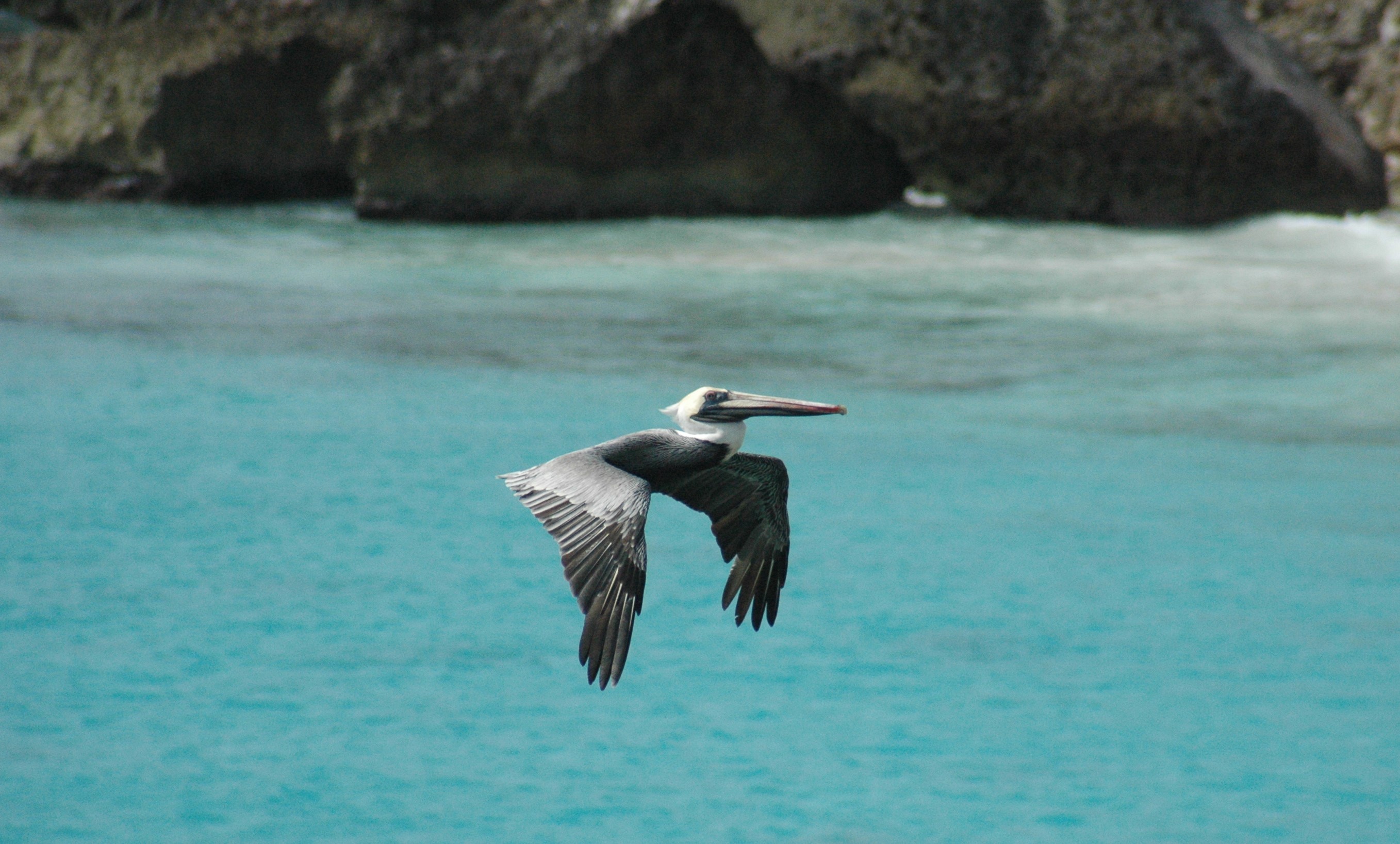The Netherlands extends its protected wetlands on Bonaire

12 oct. 2021
The Netherlands has extended all its Wetlands of International Importance on the island of Bonaire in the Dutch Caribbean. The total area of these “Ramsar Sites” is now almost 8,700 hectares, five times greater than in 1980 when the Sites were first designated.
Information on all the Sites can be found at the Ramsar Sites Information Service here.
De Slagbaai (Site no. 202) and Het Gotomeer (former Site no. 203) have been merged and extended to form Washington Slagbaai (remaining as Site no. 202). The Site now covers almost a quarter of the island; its boundaries coincide with the national park of the same name and encompass six salinas, several fresh water springs and ponds, beach and dune areas, small patches of mangroves and pristine coral reefs, and tropical dry forests leading up to Mount Brandaris, the highest point on Bonaire at 241 metres.
Washington Slagbaai is a stop-over point for migratory wetland birds, an important foraging site for Caribbean flamingos (Phoenicopterus ruber), and a breeding site for terns and snowy plovers (Charadrius nivosus). Overgrazing by free-roaming goats is the most serious threat to the natural environment. The Site is rich in heritage: the Seru Bentana lighthouse and the ruins of the Malmok lighthouse are among the island’s most important historical landmarks.
Klein Bonaire (Site no. 201) is a small uninhabited coral island 800 metres off the west coast of Bonaire. Largely tourist-free beaches and saline lagoons provide an ideal stop-over point for many species of migratory birds and an important breeding area for the regionally important least tern (Sterna antillarum). The sandy beaches are also the main nesting areas on Bonaire for the critically endangered hawksbill (Eretmochelys imbricate) and the endangered loggerhead (Caretta caretta) turtles.
The Site is one of the healthiest, most resilient and most biodiverse reefs in the region with internationally threatened groupers and more than 340 fish species. The biggest threat is climate change, as sea-level rise could cause the loss of the low-lying beaches and salinas.
Pekelmeer (Site no. 200) includes a shallow hypersaline lagoon with saltpans and dikes, beaches and reefs separating the lagoon from the ocean. The sparsely vegetated Site hosts one of the most important nesting colonies of Caribbean flamingo and important nesting areas for critically endangered turtles.
Since it was extended the Site has covered part of the fringing reefs of Bonaire, one of the most biodiverse reefs in the region that provides refuge to several threatened species of fish and coral. The lionfish, an invasive species, has a potentially high impact, but its population has been kept under control thanks to the efforts of volunteers and the Bonaire National Marine Park.
Lac Baai (Site no. 199, formerly called Het Lac) is the largest inland bay in the Dutch Caribbean. This shallow bay with dense sea grass beds is fringed by mangroves and separated from the sea by coral debris and red algae. The mangroves are an important nursery for conch and reef fish and also a critical foraging ground for globally endangered juvenile green turtles and rainbow parrotfish. The Site is an important breeding, wintering and foraging area for waterbirds such as herons, egrets and pelicans.
In the fringing reefs sea turtles sleep and practically every species of hard and soft coral of the Caribbean can be found. The biggest threat to the Site is overgrazing by extensively-farmed livestock which is accelerating the infilling of the bay with nutrients and sediment. This is hampering water circulation and causing algae blooms and mangrove die-off.


